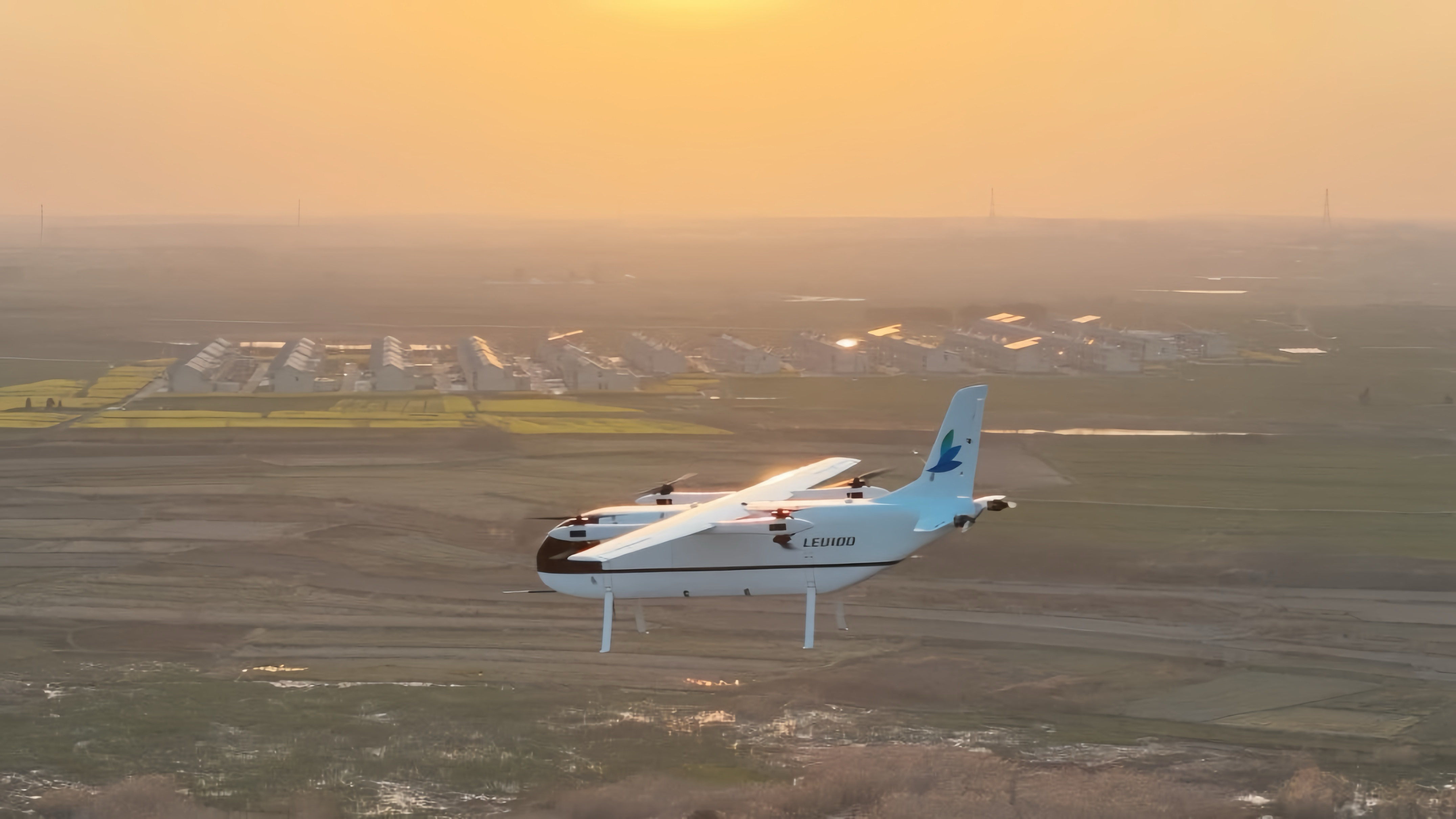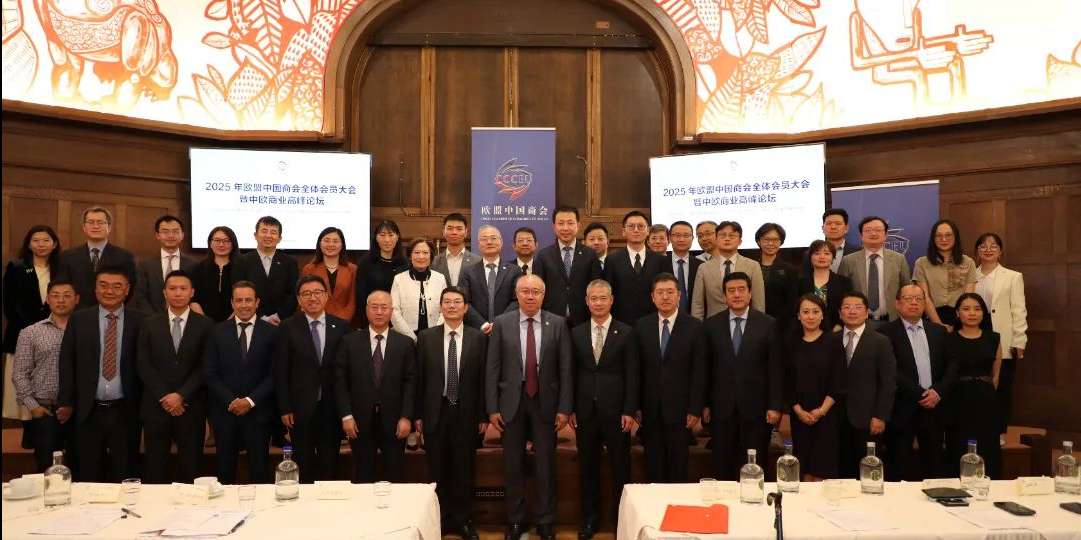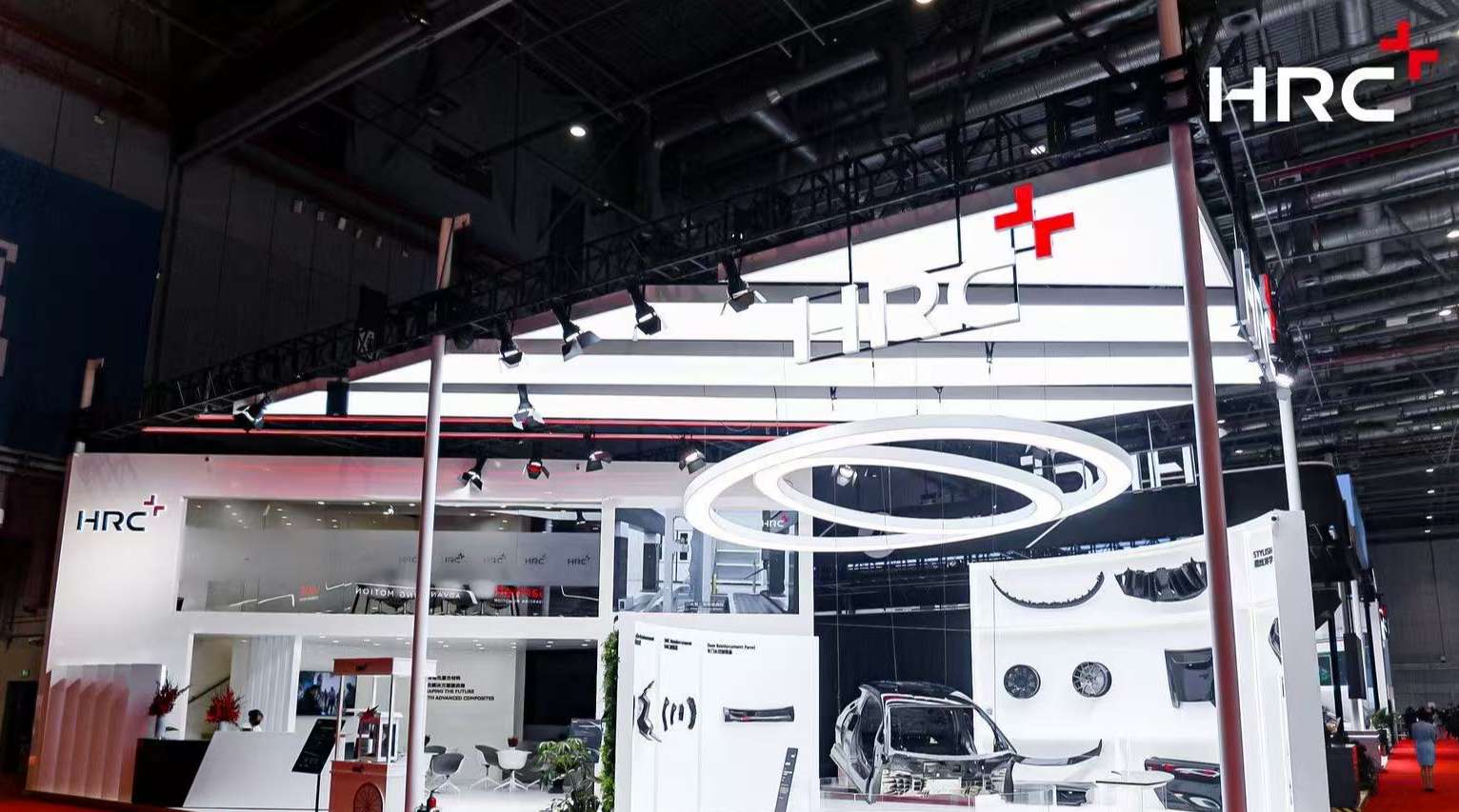From Structural Design to Manufacturing: HRC Empowering Range Aviation’s LEU100 Drone to Revolutionize Low-altitude Logistics
Low-altitude logistics, recognized as a key innovation within modern logistics systems, is driving a revolutionary transformation in the industry. With ongoing supportive policies and rapid technological advancements, this emerging sector is gradually moving toward large-scale application, demonstrating significant advantages in logistics efficiency, cost optimization, and service quality through the extensive use of advanced aerial technologies such as drones.
Amid this industrial transformation, the LEU100 drone, developed with in-depth involvement from HRC in the aircraft's structural design and manufacturing, has attracted widespread attention due to its high potential. With its powerful payload and flight capabilities, the LEU100 is expected to be widely applied across various fields, including logistics transportation, medical rescue, emergency disaster relief, and remote sensing.

During the development of the LEU100, HRC leveraged its core expertise in the field of aviation composite material molding, playing a key role in the aircraft’s structural design and manufacturing, achieving multiple technological breakthroughs. The fuselage skin of the LEU100 features a carbon fiber composite foam sandwich structure and molding process, resulting in significant weight reduction. The wing-to-fuselage and vertical tail-to-fuselage connections incorporate a quick-assembly design, substantially enhancing the efficiency of transport and final assembly. Moreover, components such as the nose cone, cabin doors, and battery access covers are designed for ease of cargo access and maintenance. These meticulously designed structural details reflect the engineering team's relentless pursuit of optimal performance and their commitment to excellence. Additionally, HRC assisted the customer in conducting manufacturing compliance checks, ensuring that every composite material component and manufacturing process met airworthiness standards and customer requirements.
It is reported that the LEU100’s TC (type certificate) application was officially accepted by the CAAC (Civil Aviation Administration of China) in August 2024. The first aircraft in the development batch has already undergone a series of system tests, ground tests, protected flight tests, unprotected flight tests, and full-process transition flight tests.
Currently, with the rapid development of the low-altitude economy, HRC, as a globally unique first-tier partner capable of carbon fiber component R&D, airframe design, manufacturing, and final assembly, is seizing significant growth opportunities. Moving forward, HRC will continue to provide comprehensive solutions to support the commercialization of more low-altitude innovation projects, contributing to the development and upgrading of China’s low-altitude economy ecosystem, and setting new benchmarks in global aerospace manufacturing.









